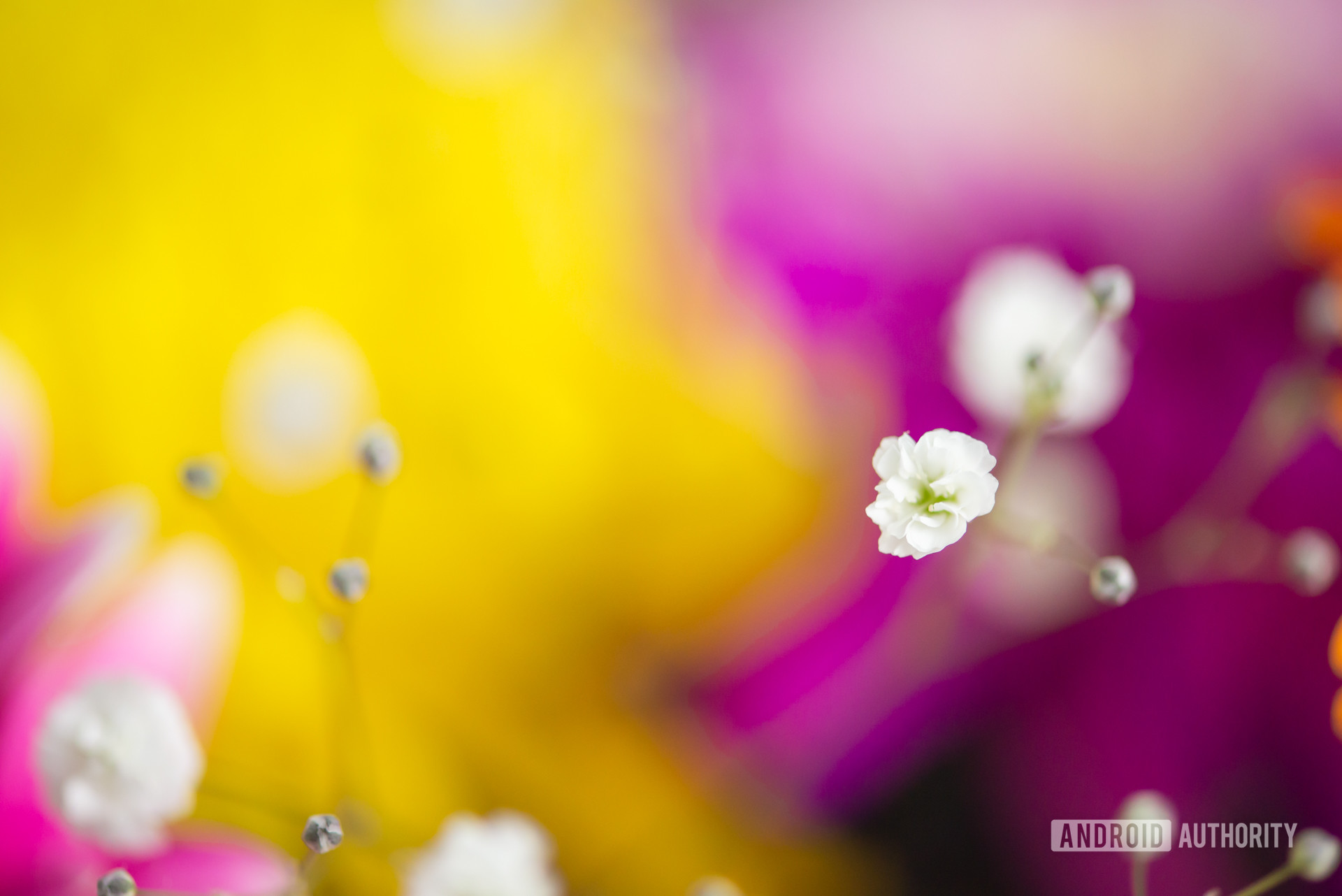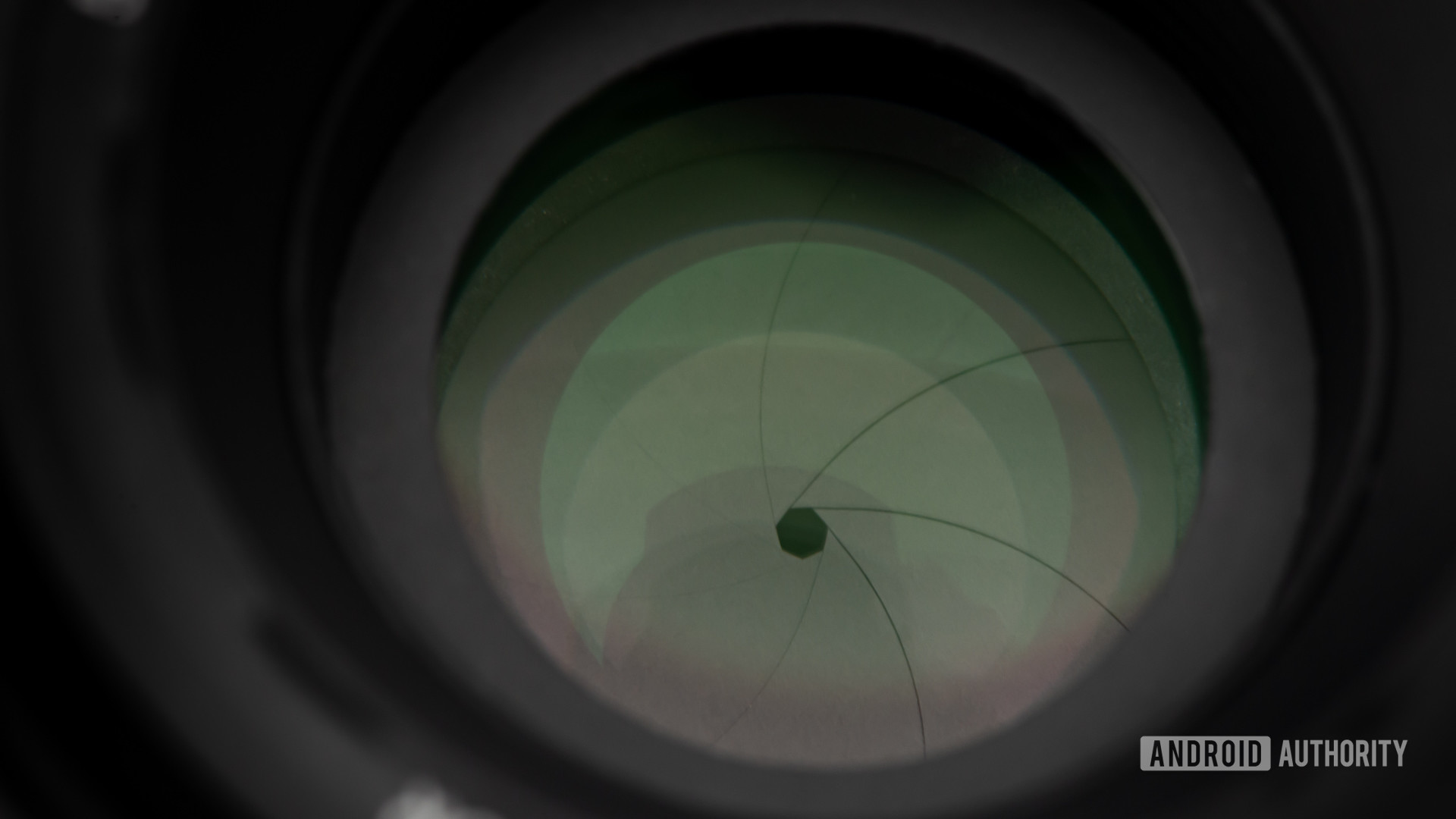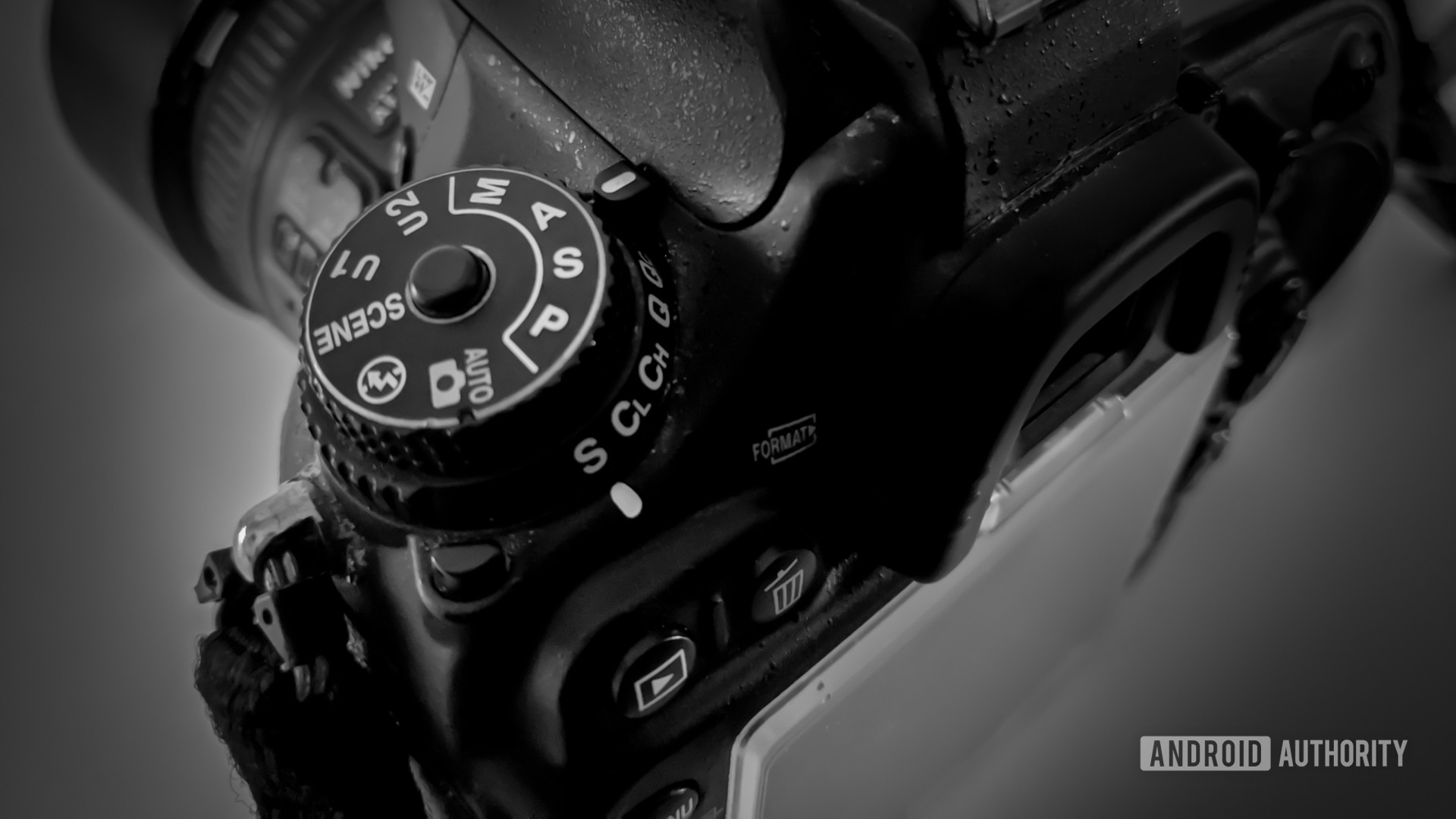What is bokeh in photography?

Most people don’t even know how to pronounce it, and those who do argue about its pronunciation. Bokeh is one of the most popular photography effects, so much that smartphones use software enhancements to try and replicate it (mostly unsuccessfully). Every photographer and enthusiast has come across this term, and today we are here to tell you all about it.
Important terms:
What is bokeh?

Let’s start with the pronunciation. Bokeh is a Japanese word, which makes it inherently complicated to pronounce for any English speaker (and for any non-Japanese speaker, for that matter). The Oxford Dictionary’s IPA (International Phonetic Alphabet) describes the word’s pronunciation as /bōˈkā/ /boʊˌkeɪ/. You can hear a sound recording at Lexico.com. Now that you know how to say it, we can continue (and you can go argue about how it’s said all over the web).
In simple terms, bokeh refers to the quality of the out-of-focus areas in a photograph’s background and foreground. Many believe it to be synonymous with background blur, which isn’t exactly true. Bokeh instead refers to how good that background blur looks.
Good vs bad bokeh
 Bad bokeh: Nikon 18-55mm f/3.5-5.6 Kit Lens Good bokeh: Nikon 105mm f2.8 Macro Lens
Bad bokeh: Nikon 18-55mm f/3.5-5.6 Kit Lens Good bokeh: Nikon 105mm f2.8 Macro Lens

There is no standard that qualifies bokeh as good or bad, making it a subjective matter. Generally, though, good bokeh is quantified by how round light balls become, and how smooth or “creamy” the out-of-focus area is rendered by the lens.
Bad bokeh has harsher edges. It could also have heptagonal light blurs, an issue that is caused by seven-blade diaphragms. Improved lenses have nine diaphragm blades and create a round shape.
How is bokeh created?
 Shallow depth of field. Shot at f/1.8 aperture. Deeper depth of field. Shot at f/8 aperture.
Shallow depth of field. Shot at f/1.8 aperture. Deeper depth of field. Shot at f/8 aperture.

Bokeh is directly affected by depth of field. Depth of field refers to the area that will be in focus when taking a photograph. Anything behind or in front of that one yard will no longer be sharp. Above is a sample of a couple images, one with a very shallow depth of field and another with a deeper depth of field.
Depth of field, in turn, is affected by four main factors: aperture, sensor size, focal length, and distance in relation to the subject. A wider aperture will shorten the depth of field and create more blur, while a tighter aperture widens the depth of field and keeps more in focus. A larger sensor size will force you to get closer to your subject and/or increase focal length, both of which will decrease your depth of field and create more blur.
In summary, to maximize blur you have to make sure you do everything you can to shorten depth of field. This would mean shooting with the largest aperture and sensor size you can get, all while getting as close and being as zoomed in as possible.
Lens quality matters

Now that you know how depth of field and blur are controlled, it’s time to talk about bokeh. While we don’t like to say equipment matters, in this case it’s a very important factor to get high-quality bokeh. More specifically, good bokeh depends a lot in the quality of your lens.
The lens is what will render blur and determine the bokeh, which means you should aim for the highest quality optics you can find. It’s also important to give yourself the upper hand with a fast, wide aperture lens. Pro-level zoom lenses with wide apertures can be expensive, but they do an amazing job with bokeh. Those not wanting to spend small fortunes and looking to get nice bokeh should consider prime lenses (non-variable focal length), which are often made with great glass and can have very wide aperture at more comfortable price points.
After finding the best lenses all you need to do is apply the techniques found in the previous section to decrease depth of field as much as possible.
Be wary of the bokeh obsession

If a photo wouldn't look good with everything in focus, it probably won't look good with parts blurred out either.
I always tell new photographers to be wary of the bokeh obsession, which has become very common. Sometimes photographers may believe a nice bokeh will make any image good, which couldn’t be furthest from the truth, and it can even ruin a good photograph. Suddenly you see their portfolios full of blur, which isn’t necessarily a good thing.
Because nice bokeh usually comes with shallower depth of field, it is common to see important parts of the image out of focus. Or sometimes there are things in the background that would add more meaning to an image, but are unnoticeable thanks to the substantial blur. I have seen photographers forget about important factors like composition, color theory, balance, and all the other factors.
If a photo wouldn’t look good with everything in focus, it probably won’t look good with parts blurred out either. Think of bokeh as an enhancement to your shots, not a corrective tool.
Looking for more camera equipment? We have more to recommend!
You should also take a look at our photography educational material to make the most out of your equipment.
from Android Authority https://ift.tt/3aCxblV







No comments: